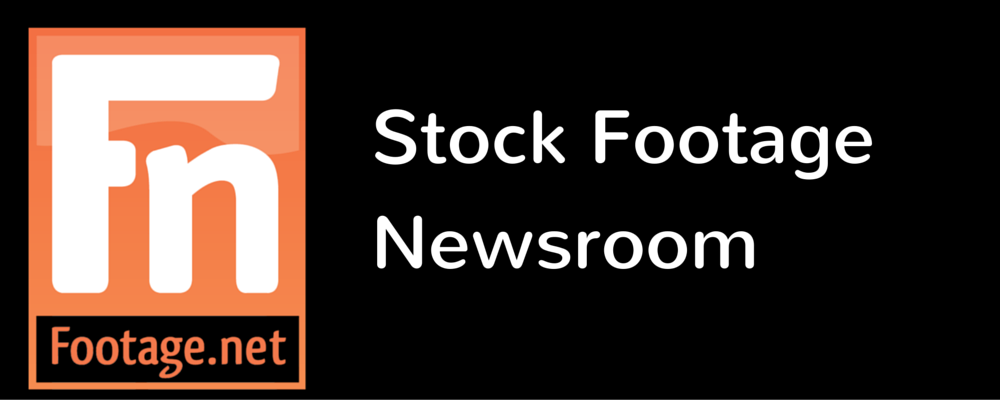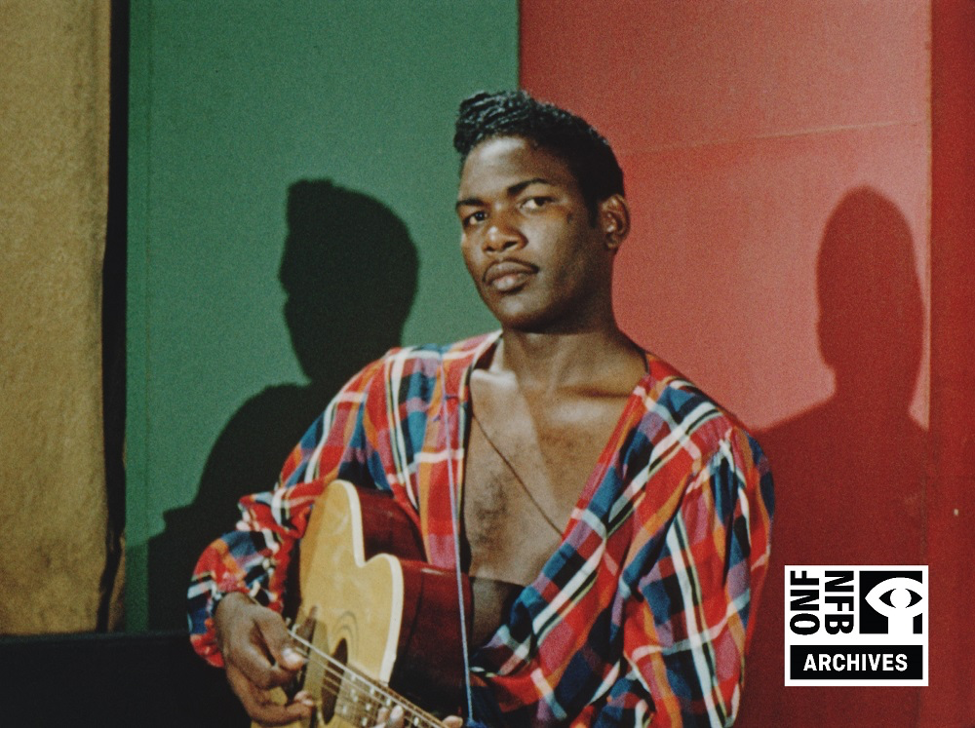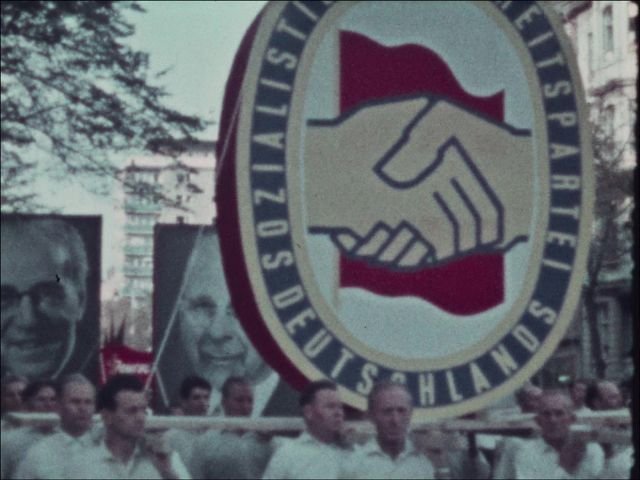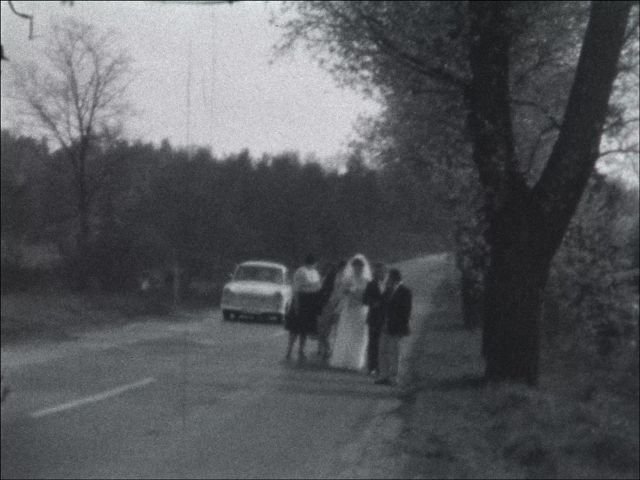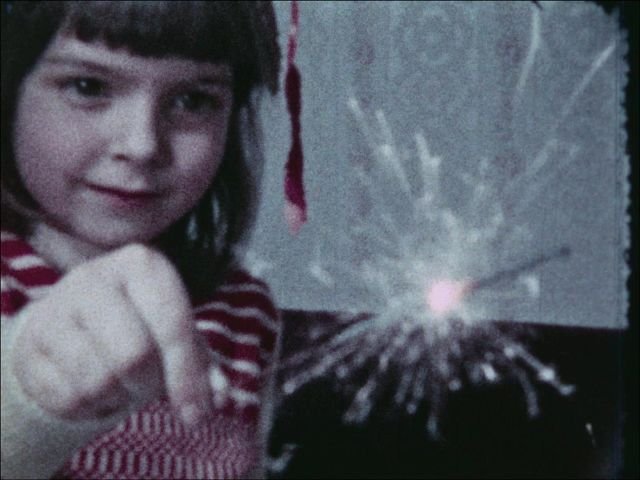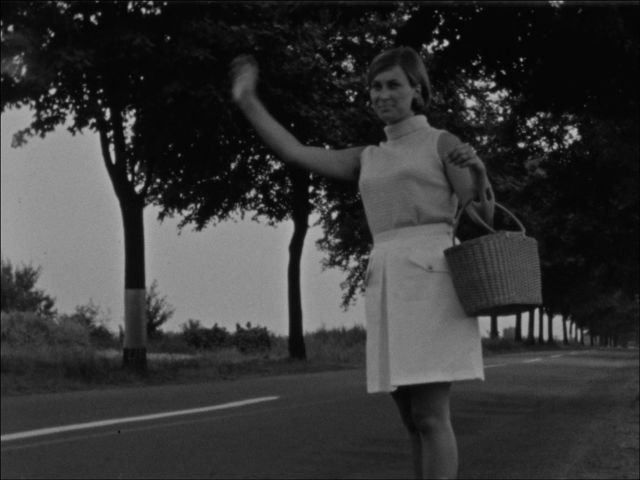Pulling together the archival materials for Moonage Daydream, the immersive new film on David Bowie from director Brett Morgen, was the challenge of a lifetime for archival producer Jessica Berman-Bogdan. This is her seventh project with Morgen. Previous collaborations include Say it Loud, The Kid Stays in the Picture, Crossfire Hurricane, Chicago 10, Montage of Heck and Jane. She spent five years on Moonage Daydream, sourcing materials from around the world to produce this all-archive masterpiece. We had the chance to catch up with Jessica last week to talk about her work on the film
David Seevers: Congratulations on the film. It’s an amazing film and, if I’m not mistaken, this is your seventh project with Brett Morgen.
Jessica Berman-Bogdan: It was just an amazing journey. What we thought would be a few months turned into five years. And yes, this is the seventh film I’ve worked on with Brett. He is a genius and every one of them raises the bar.
DS: Five years! That’s huge undertaking and a serious commitment.
JBB: Brett was on it for seven years, before I actually got into it. The Bowie journey in and of itself was amazing – he was such an amazing human from which we all learned so much. The undertaking was huge indeed. Once we opened the [Bowie] estate archive and walked in that door, both of us went..wow. It was a room lined with video tapes of all his music videos and various concerts with all the raw footage and a wall of film that had never been transferred.
DS: Where is the Bowie archive located?
JBB: It’s fifteen minutes away from our office in a storage facility in New Jersey which was a huge plus for the production. Bowie’s office is in NYC and he lived in the city.
DS: How did this Bowie archive get started?
JBB: Many moons ago he [Bowie] hired Eileen D’Arcy, who ended up becoming one of the executive producers on the film. He said, you know, we have all this material, and he was brilliant because he started taking ownership of all his material from way back, and he said, we should catalog and organize it in some way. So, by virtue of her being there Eileen became the official archivist and worked for him for 17 years before he passed.
DS: So, was Eileen able to guide you through the archive?
JBB: We worked hand in hand. She has a real sense of who he was, what he liked, what he didn’t like. Although she hadn’t seen everything in the archive (since so much of it had never been transferred) she knew about it all. A lot of it had been shelved, but thankfully she had done a pretty amazing job of labelling everything and entered it all into a database. The discoveries we all made were such fun. But until we actually got into it a lot of it, there was quite a bit no one had seen since the day it was shot.
DS: So, then you and Brett had to figure out what parts of it would be useful for the film and start bringing materials in for the production, I assume.
JBB: Our approach was to transfer all the film reels as most of those had never been transferred and the contents generally unknown and there were some wonderful surprises – especially performance material and music video outs. Pretty much everything was transferred as we did not want to leave any stone unturned – there were multiple copies in different formats for some of the materials so determining which were best copies was also part of what I had to assess.
DS: There must have been a huge amount of material on hand by the time you were done.
JBB: We had hundreds of terabytes – Brett watched it all. In the Bowie Archive alone, we were given access to over five million works— music, film clips, artwork, musings, interviews, photographs and recordings, some of which have never before been seen or heard. Brett’s process is fascinating in that he insists on watching everything in chronological order which enables him to process everything as it actually unfolded. I think the entire screening process took about two years.
DS: But you were managing the research process from NJ?
JBB: Yes – overseeing the intake and workflow with the Associate Producer and Assistant Editors and team of loggers in the LA office. All screeners were to be in chronological order as that is Brett’s process of reviewing all the materials. He must see it as it actually unfolded. I also was transferring some materials in my office and would hand carry drives with me when I would go out there. So, we had that whole management part as one layer.
GIW also has created our own proprietary asset management database, that takes you from cataloguing all the assets through to a final clearance component to facilitate master orders, clearances and licensing. Training and overseeing its implementation was another layer.
All this going on while I was searching the world for footage, because we knew we had to bring in “everything” out there. We brought in massive amounts of stuff. And then once catalogued, dated etc, the AE’s had to assemble chronological stringouts for Brett.
DS: But I am assuming that you were finding material from different periods throughout the research process.
JBB: This was by far one of the most difficult films I have worked on in my 40+ year career – challenging because of the massive amounts of footage out there but also because of Bowie’s enormous diversity as an artist in various mediums – so yes – it was finding material from different periods, different art forms, different mediums.
And yes, there were periods that we had to revisit. The entire screening process took about two years, believe it or not. Brett is brilliant in finding those key moments and connecting it with another moment but understanding the connection or the migration or the development or the maturity or whatever it might be that relates various moments, which you saw in the film. Stringing that all together with the key themes in Bowie’s life (transience, chaos, creativity, mortality) is how the film took shape.
DS: Absolutely, that really came through in the film.
JBB: Although not a documentary as we know it, the film has a chronological flow, and threads from different periods of his life are woven throughout.
DS: The entire film is archival, but there is a lot of what I think of as visual ephemera intercut around the Bowie content.
JBB: Yes, all the influences and visual elements to help further illustrate the major themes that run throughout the movie added a whole other layer of research. Thankfully we had a team who assisted with text research and some of the photo and ephemera research.
DS: How much finished product comes out of the Bowie archive?
JBB: More than 50%? But that doesn’t mean 100% of that was their copyright. There was quite a bit which had to be separately licensed.
DS: Were there some key archival discoveries that influenced the narrative?
JBB: I think the major archival discoveries were the 35mm film in the Bowie Archive complete with ISO cameras of some concerts as well as the bank of outtakes from music videos that provided us with very rich high resolution content. I also was able to locate the original 16mm negatives of a 1983 documentary of Bowie’s travels in the Far East. Although there were copies floating around they were of poor quality and finding the original negs was huge and clips from that appear several places in the film.
DS: Would it have been possible to make this film without access to the Bowie archive?
JBB: Not this film. It would be a very different film. I think the Bowie story has been told more than once. There have been several docs about Bowie but all very linear. He’s been analyzed in many different ways. We’ve seen that film. Even though some of that same footage is in this film, in the context of Moonage Daydream it was totally different. It came away differently. It did not feel like “oh I’ve seen all that.”
DS: It is such an immersive experience. The whole look and feel is amazing, at times bordering on sensory overload.
JBB: Color and sound for Brett are huge. He spent some 650 hours in color correct making sure the colors and textures were right and working on the quality of a few lo res video elements and about a year in sound design. And it shows - every moment that he spent on color and sound design are up on the screen. Which I think makes a huge difference.
DS: Did you have a research team of was this mainly on you?
JBB: This was mainly me but I definitely had some help. Brett and I have our rhythm. I conducted most of the research but the LA office had an assistant producer(s) who I interfaced with and who would keep a handle on workflow and additional research needed and coordinated text research, additional photo research, influence research, transcripts etc. And my colleagues Chris Robertson and Cathy Carapella also assisted at various points. And then Cathy came in towards the end to handle all the music clearances.
DS: What was the biggest challenge, in terms of archival research?
JBB: Archivally it was a huge challenge. Bowie experimented in so many different areas of creative expression – he was not only a singer/performer, but was a writer, actor, and artist, - gathering the extensive catalogue of all he did was so broad and his career spanned so many years – that organizing what we gathered, working with editorial to set up a system for efficient retrieval in and of itself became a major challenge. We were managing hundreds of hours of materials.
Number one, I know Brett needs to see it all. Because damn it if he found something on YouTube or elsewhere that I had not brought in...so part of the challenge is staying ahead of him, and making sure I got everything. What countries did Bowie go to? Where was he? There are incredible resource books, that cover where he went and what he did – and it was my job to make sure we searched each and every country and broadcaster and archive searching for every piece of footage or audio we could find.”
DS: How does a director ask for those images that are more about setting the vibe for the film?
JBB: It varies - sometimes it was experimenting with imagery needed to illustrate a feeling or a theme - - and sometimes the ask was very specific - the challenge was to try to find the right shot – oftentimes the ask for those images is not at all specific and it is process to figure out what works.
That became a team effort. His staff out there was doing a lot of text research. It became a real team effort to hand over to me what needed be found visually and cleared. There were people doing massive amounts of deeper informational research.
DS: Who were some of the artistic influences you were looking to include?
JBB: German expressionists, experimental films, writers, painters, existentialism, - Bowie was an avid reader and art collector – so capturing bits of all of that essence is woven throughout as influences.
DS: How many sources ended up in the film?
JBB: We had well over 100 sources credited in the film.
DS: Outside of the Bowie estate archive, who were some of the key sources?
JBB: BBC, Canal +, Reelin in the Years, Sony and Universal, Iconic Images, to name just a few
DS: What other challenges did you face as archive producer?
JBB: We had the Bowie Estate’s approval but we had to earn their trust, and that was part of my job, too. Initially there was limitation to our access to the archive - they did not open the doors to everything at first. Going deeper was a process. And in this situation, I am the representative of the production and interacting almost daily with the archive. Additionally, it was important for us to set up a secure environment for the LA production office and at the transfer facility to ensure that no material ever leaked out or left the building. We had a security system probably as secure as on some of the major motion picture sets. In the LA office, cell phones went away, drives were locked, the Avid room was locked, there was a padlocked security grill and separate entrance codes for both the door and alarm system.
And then, when we finally were given open access to the storage facility and we walk into this room, actually multiple rooms, at Bonded initially, and it's like ‘oh my god, how are we ever gonna get through this?’
DS: Were they happy with the final film?
JBB: Yes, yes, I mean, that was the moment, when they were all blown away by it. How can you not be?
DS: Well, thank you so much for talking with us and again, congratulations on the film. It is a true masterpiece.
JBB: Any time!
